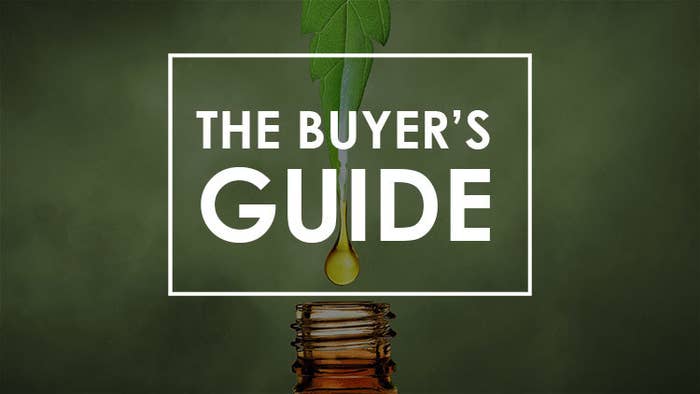
1. What is CBD?
CBD or cannabidiol affects the endocannabinoid system in the human body – the system which is responsible for regulating a number of biological aspects – including mood, the immune system, inflammation, and the nervous system.
Taking CBD can help to make sure that the endocannabinoid system is working well, and can help with a number of health problems including:
Inflammation
Pain relief
Neurodegenerative disorders
Depression
Anxiety
Skin problems such as acne, eczema, psoriasis and dehydrated skin
Epilepsy
2. What are some types of CBD?
You are forgiven for thinking that there’s only one kind of CBD oil available in the market. We don’t blame you. Actually, CBD comes in one of three types oil – full-spectrum, CBD isolate, and broad-spectrum CBD oil. Basically, the only difference between the three is what else is included in the oil.
When the compounds are extracted from the hemp plant (hemp is a particular variety of cannabis which contains very low levels of THC – the compound you’re familiar with that makes you feel ‘high’ – which are less than 0.3% and therefore, legal) they are made into what we know as: CBD oil.
CBD and THC aren’t the only compounds naturally present in the cannabis plant, and research shows that when CBD is taken alongside these other compounds, its effects are drastically enhanced.
Full-spectrum CBD oil is made using the extract from the whole plant. This means that you get the benefit of the CBD as well as the other compounds working together. This includes THC, but as long as it is extracted from the hemp plant, THC levels will be so low that it is legal and non-psychoactive, aka you won’t get high.
CBD Isolate is the purest form of CBD you can get. It comes in a paste form and is 99% pure CBD. You can put CBD isolate in anything, from oil, gummies, to skin-care.
Broad-Spectrum CBD oil is very similar to full-spectrum CBD oil, except that there is no THC present. It’s a mix between CBD isolate and most of the other compounds making it incredibly effective
3. How is CBD taken?
One of the best things about CBD is that there are so many ways to take it, eat it or spread it all over. This means that you can choose which delivery method works best for you and you can switch between different methods depending on how you feel and what you like most.
Oral: Tincture oils are considered the most effective way of taking CBD because your body absorbs it faster. Also, droppers are a great way to measure your dosage.
Topical: CBD works wonders for pain management, inflammation, skin-care, even beauty. These can be smeared all over via salves, oils and creams.
Smoked: Vaping CBD is a discrete and convenient method for taking CBD. If you want a more old-school way… you can always roll a joint.
Edible: From gummies, brownies, to olive oil. You name it! Edibles are a an enjoyable and efficient way to take CBD. However, it does take longer to work because it has to go through your digestive system.
Capsule: Most CBD capsules are made with a powdered isolate and a gelatin-based capsule (yes, vegan options exist), which can hold anywhere from 10 to 150mg of CBD.
4. Which CBD is safe and legal?
A lot has changed in the world of CBD over the past few years. The 2018 Farm Bill legalized the cultivation of hemp to manufacture hemp-derived products. Hence, industrial hemp is now legal all over the USA. This means that CBD can be ordered and shipped to all 50 states and over 40 countries.
Lawmakers are slowly catching up to implement new rules and regulations to control the quality of CBD. Meanwhile, you should make sure that your CBD is of the highest quality.
The best way to check the quality of a CBD product is to look at its COA (Certificate of Analysis). This will give you a breakdown of what’s in the oil.
Be on the lookout for:
The “No THC” stamp.
The lab is approved and meets ISO 17025 standards.
CBD levels match what is the packaging claims.
Is it a full spectrum? Look for other cannabinoids like CBN, CBG, etc.
Is it a CBD isolate? Other cannabinoids shouldn’t be present.
Make sure THC levels are less than 0.3%.
Check the presence of any harmful pesticides, mycotoxins or other chemicals.
5. How to get the right dose?
To get the best results from your CBD it’s important that you get the right dose .
Remember that:
CBD is ‘biphasic’ meaning that it can have different effects depending on whether you take high or low doses.
Since everybody is different, it is best to start with low doses. Observe how you feel and gradually increase or begin tweaking the dose. 10mg is a safe dose to start with.
There is no need to fear overdosing on CBD. Once your body absorbs the limit of cannabinoids, your body will naturally remove the excess absorption as biological waste.
Speak to your doctor before you start taking CBD, especially if you are already taking medication. CBD can affect the way that your body metabolizes medication, so it is very important to check with your doctor first.
Getting the facts about CBD when you are looking to buy it can sometimes be a challenge. With this information, you will be able to make informed decisions about how to buy and use CBD in the best way for you.

